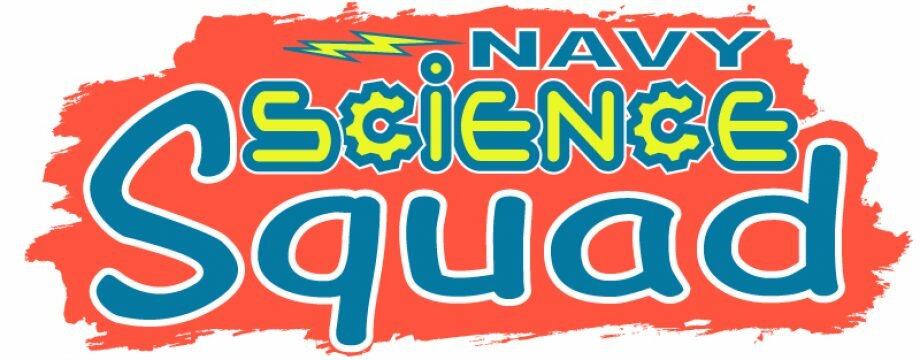Chemicals often come in bottles or packages labeled with very important safety information summarized in a symbol called the “Fire Diamond.” This picture shows at a glance the type and severity of the risks that a hazardous chemical presents.
The Fire Diamond is split into four different-colored sections, and each section contains a number (except the bottom white area; we’ll get to that in a minute). The color of a section represents the type of hazard the chemical presents, and the number shows the level of danger of that particular type. The numbers go from 0 (no hazard; normal substance) to 4 (severe risk). Let’s take a look at what it all means.
Blue: Health Hazard
The left area of the diamond shows the level of danger towards your health. This is ranked mainly by how often you are exposed to the chemical before it will cause problems, and the severity of those problems. Lower numbers may only cause temporary irritation or only start causing problems after long-term or repeated exposure, and higher numbers (3-4) can be very dangerous to you on the first contact.
Red: Flammability
The top area of the diamond tells how flammable the chemical is. This category is ranked mostly by the temperature at which the chemical’s flash point is reached. The flash point is the temperature at which the material forms gases that mix with air enough that it can be ignited with a spark. Low numbers are either not flammable or require strong heating before they will ignite. High numbers (3-4) are extremely flammable and can be set off easily at room temperature, and are a significant fire hazard.
Yellow: Reactivity
The right area of the diamond shows the chemical reactivity of the substance. This shows how easily this chemical reacts with other chemicals, and how violent the reaction is. At low numbers, it is relatively stable and may not react with anything at all unless heated to high temperatures. A 3 or 4 may have many dangers associated with it: it can be explosive, react violently with water, or can detonate if severely shocked (from a strong hit with a hammer, for example).
White: Special Precautions
Finally, the bottom section is reserved for special codes for unique hazards. This area does not use numbers, but has symbols that tell what other special hazards this chemical has. Some common symbols are:
OX – Oxidizer. This material is not necessarily flammable, but can very easily react with other chemicals and contribute or cause them to catch fire or react violently.
COR – Corrosive. Usually appears with a strong acid or base.
This is just a general overview of this safety feature. While it is very useful at giving you a quick idea of the hazards of a chemical, it is not a complete guide. When working with any chemical you should always refer to the MSDS (Material Safety Data Sheet), a very important document that tells you everything you ever wanted to know about how to safely handle a chemical. These can be found on the internet or from the supplier or manufacturer of the chemical.
Always remember that chemistry can be a lot of fun, but you must have respect for the chemicals you work with. Always make safety your #1 priority!



One Response to Chemical Safety: The Fire Diamond